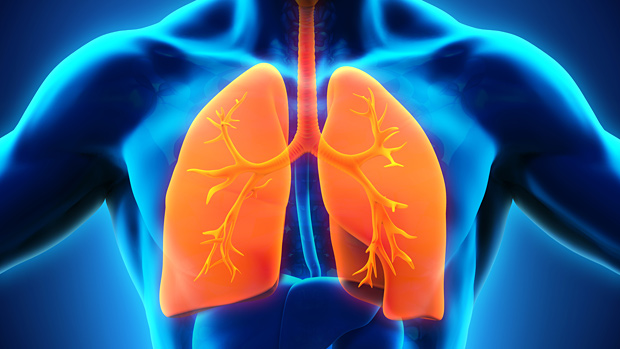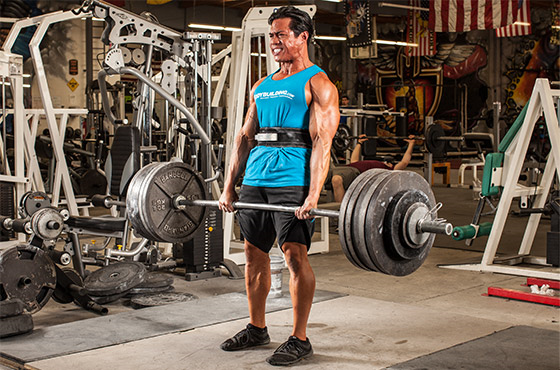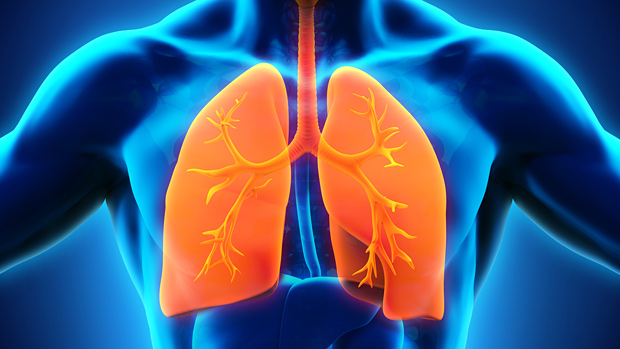
How do you breathe?
Did you know that there are different ways to breathe?
In a relaxed state, humans are designed to breathe primarily using their diaphragm. The diaphragm
is a big sling of muscle that separates your lungs from your abdominal cavity. When you breathe in
using your diaphragm you’ll be able to see the stomach rise. If you watch someone sleeping on their
back, you can observe this. Or just take a big breath in through your nose and feel your stomach rise
with your hand.
But wait? My belly didn’t rise? This is the problem. And a common one we see in the clinic. Due to
chronic stress, pain, or inactivity we observe that people make far less use of their diaphragm and
far more use of their neck muscles to breathe in air. These muscles can be used to get more air in
situations where the diaphragm might need more help. We can observe this in athletes who are
exhausted – their chests and shoulders heaving up and down to get more oxygen. This is normal. But
it is not ideal to be breathing with these muscles all day long.
When these muscles become overused, we see the incidence of neck pain, stress, anxiety, and
headaches skyrocket! Breathing with the diaphragm encourages our nervous system into a
parasympathetic state – this is known as the rest and digest state. It lowers our blood pressure,
increases blood flow to the internal organs, and gives us a feeling of calm and reduced worry. Ever
wonder why meditation is so popular?
The opposite is true when we breathe with our neck and chest muscles, our body is encouraged into
a sympathetic state – known as the fight or flight response. This increases release of stress
hormones, blood flow to the muscles, and increase heart rate and blood pressure. This is ideal for
intense situations that require fighting or escaping. The problem is people who are stressed at work
tend to get stuck in this state, and being in this state chronically is terrible for our health and mental
wellbeing.
So what can we do to breathe better? Take some time each day – even for 5 minutes – to breathe
with your diaphragm. In through the nose, feel the belly rise, out through the mouth, feel it fall. Try
to empty your mind and concentrate on the breathing. You’ll find yourself far more relaxed, and a
lot of the tension from your mind and neck will melt away. The other thing to do is make sure you
regularly exercise, teach your body when it is appropriate to be rest and digesting, and when it is
appropriate to be fight or flighting.
The keys to remember is that both mechanisms for breathing are important, but only for the right
situations. If you want to learn more about stress management, or need help with your mental
health – book in to come see one of our exercise physiologists and get started on the path to feeling
like you again.



